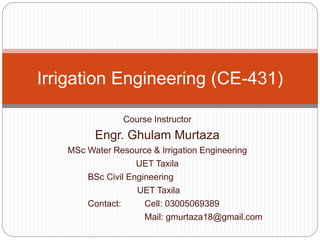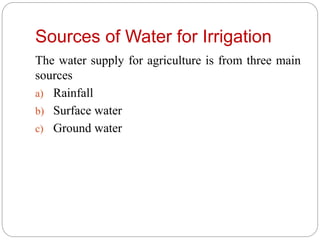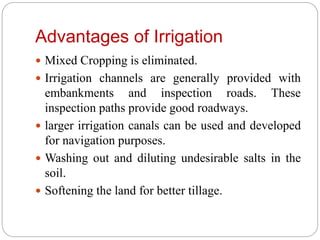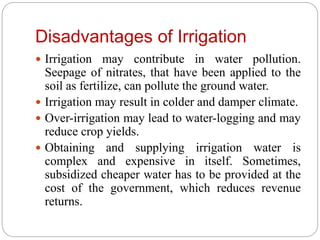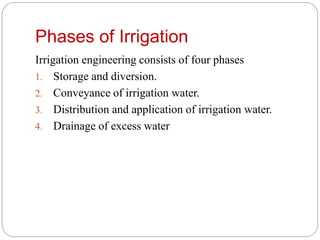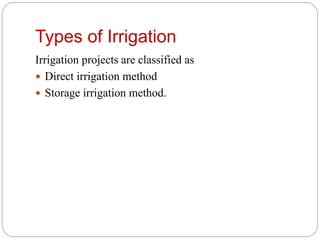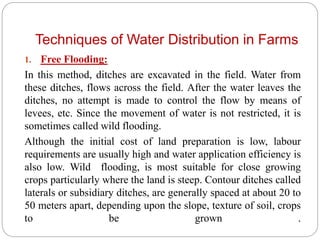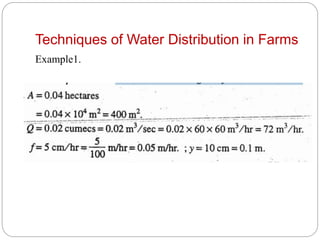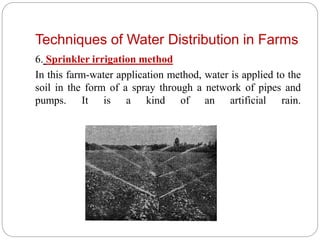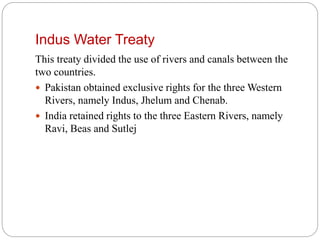This document provides information about an irrigation engineering course taught by Engr. Ghulam Murtaza. It includes details about the instructor, course contents, textbooks, and introductory lectures. The course covers topics such as irrigation systems in Pakistan, water resources, types of irrigation, techniques of water distribution, the Indus Water Treaty, and features of the major rivers including the Sutlej, Ravi, and Chenab rivers.
